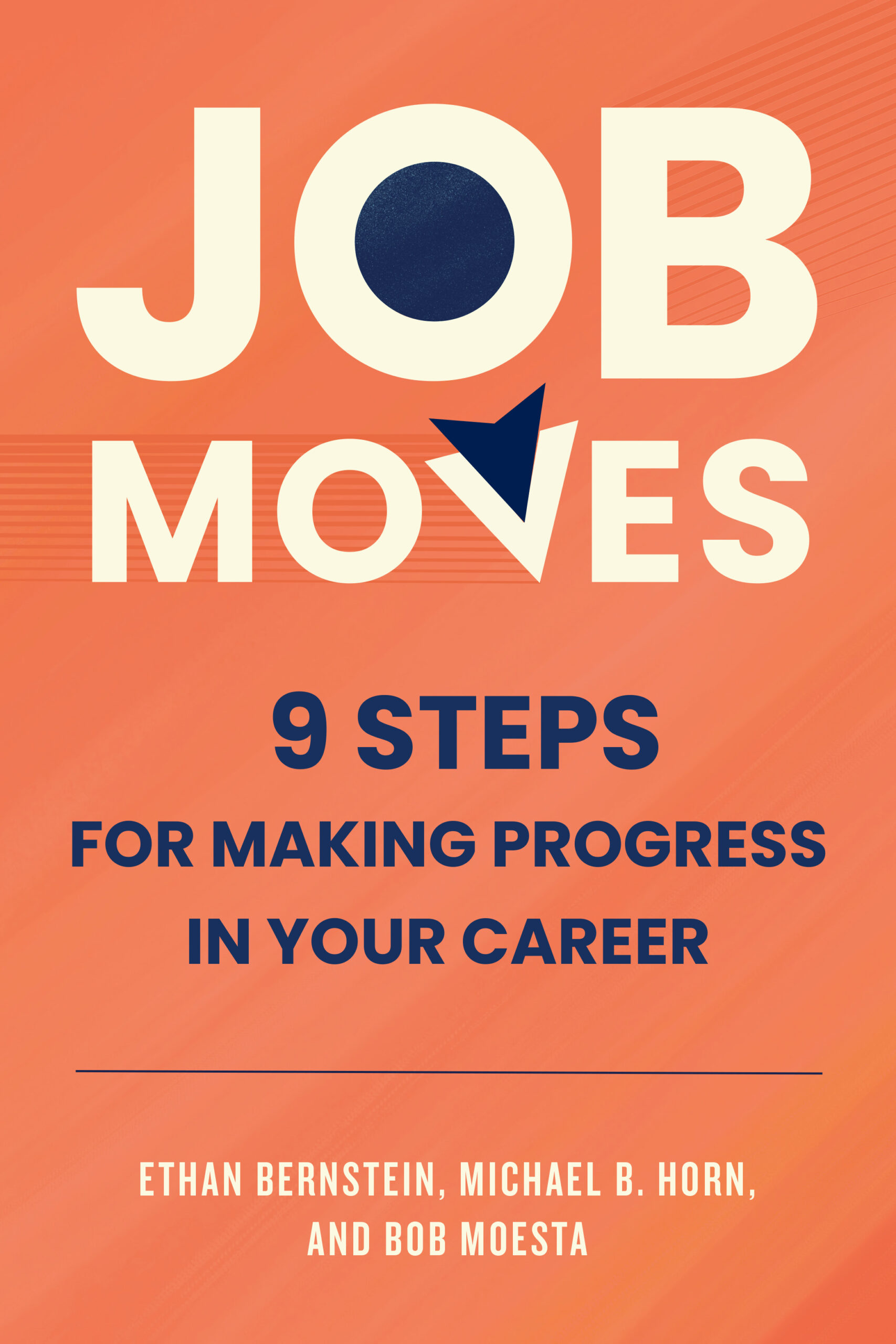Michael Horn on Innovating in Assessment for Learning
By Isaac D. Van Weep
Last week, I sat down with Michael Horn, speaker, author, and thought leader on the future of education to talk about education equity, the rise of A.I., and closing the loop on assessment for learning.
IDVW: In your prize-winning 2008 book “Disrupting Class” you predicted that by now every K-12 student would be receiving a customized, personalized learning experience driven by technology. 11 years later, that hasn’t happened. Why not?
MH: In our book, we assumed that as digital learning grew, so too would customization, or personalization. Although I think our predictions around digital learning were reasonably accurate, although personalization has happened to a degree — and I’d say far more than was happening a decade ago! — we were naive on a number of fronts. First, digital learning has grown within today’s time-bound, factory-model education system, so it has had difficulty transcending and redefining it. We have 6 barriers that I continue to worry about:
1) Assessment — We still rely on summative assessments instead of near real-time, interactive assessments that are both of learning and for learning
2) Policy — We are still in a time constant, student learning variable system as opposed to a competency-based one that focuses too much on mandating the inputs and processes of how to do schooling rather than focusing on the outcomes we want to see and freeing up educators on the ground to figure out how to get there.
3) Teacher and leader preparation and support — We are still not preparing and supporting our educators adequately for a very different paradigm and not giving them the design-thinking and innovation tools to create new models of learning that leverage digital learning, rather than thinking all we have to do is train them on how to use digital tools in the current system, which will never create the change we need.
4) School-building design — We’re still building mausoleums to the past as opposed to leaner, greener, more purposeful buildings that look nothing like traditional schools.
5) Rigor — As we move to personalization, all too often we forget that student learning and work should still be rigorous.
6) Parent and community buy-in — All too often educators who want to innovate forget to bring along the community and help them understand why the innovation will solve their individual problems. Parents are often the most conservative force in schooling, especially if school worked for them.
IDVW: Education is an area of rapid technological innovation. Where do you think technology is having the most positive impact for students? Where is it not paying off for students?

0 comments